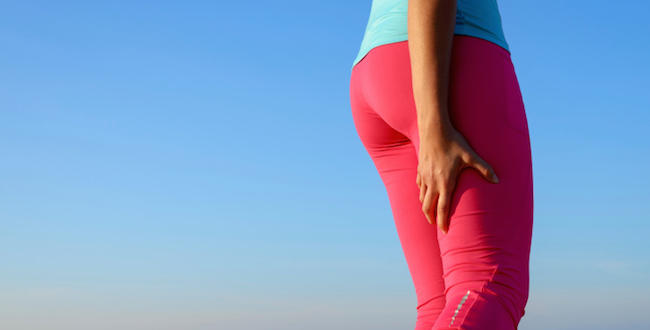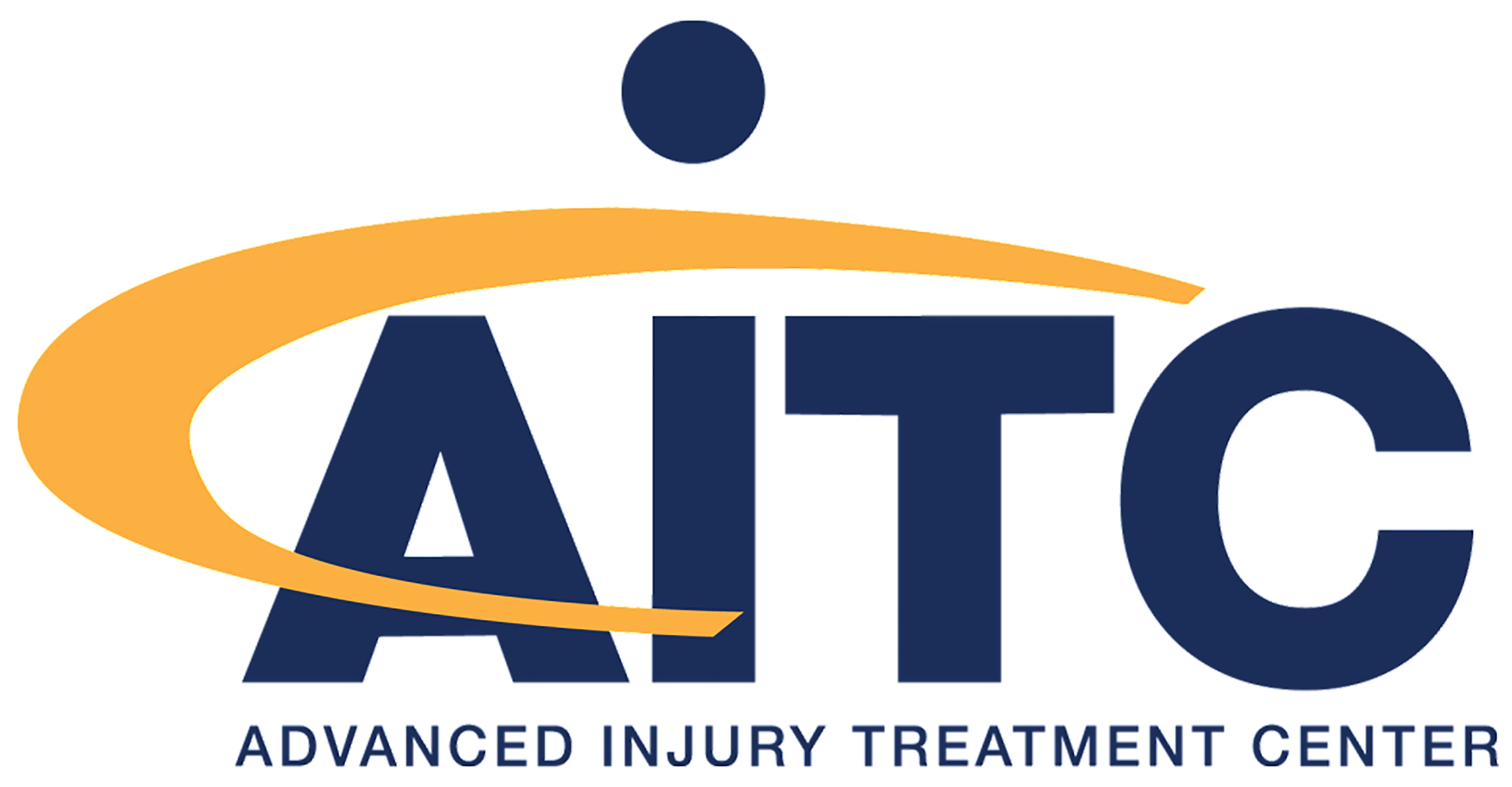The Hamstrings

The hamstrings are three muscles which cover the back of your thigh, extending from your seat bone down to the back of your knee. They link the hip and knee joints. The sciatic nerve, which runs down the back of the thigh, supplies all three hamstrings.
The hamstrings work concentrically to bend the knee and eccentrically to control the straightening of the knee. The hamstrings also extend the hip against gravity and control the reverse movement as well. This means the hamstrings help the gluteal muscles to take the leg backwards from the hip and they also help you straighten your trunk from bending forwards while standing up. When the knee is bent, the medial and lateral hamstrings work to help rotate the knee and turn the foot inwards and outwards.
The hamstrings are active in walking, running, sprinting, jumping, and kicking. They are often relatively weak compared to the muscles in the front of the thigh. Because of their long tendons, the hamstrings tend to tighten easily, whether through overwork from long-distance running or shortening from sitting still for long periods. Cramps in the hamstrings can be a sign of dehydration. Sciatica, or trapped nerve, is a common cause of pain at the back of the thigh. It can feel like a hamstring strain and will sometimes happen in conjunction with a hamstring injury.
The hamstrings can be torn, partially torn, or strained through trauma resulting from a sudden over-stretch or over-contraction in activities such as sprinting, kicking a football or soccer ball, or jumping hurdles. Injury to the hamstrings has a direct effect on the calf, knee, hip, and lower back and previous injury to these areas make a hamstring injury more likely. There may be swelling and bruising, walking is painful, and it hurts when you bend or straighten your knee and hip. Rest is indicated when dealing with hamstring pain and injury.
Overtraining in a sport like distance running, rowing, or cycling is often the cause of overuse injury to the hamstrings. Overuse injury often feels like a cramp that comes and goes with training and there is gradually increasing pain with continued activity. At rest, there is often no pain. Dehydration and overtiredness are often contributing factors. Any change which alters the normal pattern of movement between your foot and thigh can be a trigger such as running in new shoes on hills or altering the footplate in a rowing boat. Correcting contributory factors during rehabilitation is essential.
It is important to seek medical attention for both traumatic injury as well as suspected overuse injury. After any injury, the muscles around the injury will be weak. As the body depends on its muscles and tendons for stability as well as movement, the priority is to strengthen them and to restore the correct movement patterns. Basic isometric exercises followed by dynamic strengthening, stretching, and mobilization in addition to manual therapy and neuromuscular coordination, all within pain limits, will help to assure a fast and full recovery.
